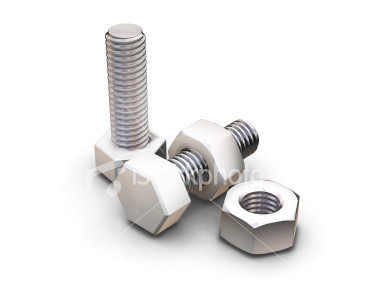
What is with AWOL columnists this month? To tell you the truth after reading about the nightmares Rod’s had sur le continent with a recalcitrant Suzuki combo, I didn’t even bother trying to contact him. I figured that after the week he’s had, he probably needed a stiff drink or ten, and to keep repeating the prescription until the urge to scream subsides, so I decided that you lot might appreciate his explanaition from this time 5 years ago of what a clutch is and how it works – Ed
The clutch on your bike is a very simple device, so simple in fact, that by the end of this page, you’ll know exactly how it works. In case you still have doubts, I got a new rider to replace her clutch recently, it only took her an hour and she had never wielded a spanner before.
So what is a clutch? In very basic terms it’s a device that connects or disconnects the drive from your engine to your rear wheel in a smooth fashion (it’s also a handbag and a collective noun for eggs, but neither of these are particularly relevant to motorcycles). And now, the science bit, you’ll need to know what friction is. If you are trying to open a jar of pickles, your hand tends to slip around the lid due to a lack of friction, but if you tighten your grip, you increase the friction between your hand and the lid. If your palms are greasy, there will be less friction: dry hands = lots of friction (adding a tea towel to the equation increases the friction still further and eventually, the jar opens). OK, so your bike clutch isn’t made of skin and pickle jars, it’s made of metal plates and what we call friction plates, but the principal is the same. When these plates are pressed together very hard by springs, there is massive friction between them, and they move as one thereby connecting the engine to the gearbox, which in turn transmits its drive to rear wheel by way of a chain, belt or shaft.
I may have glossed over the part where the clutch connects the engine to the gearbox there so let’s remedy that. If you think of the clutch friction plates as being connected to the gearbox at all times and the clutch metal plates being connected to the engine, you’ll be halfway there. The springs are mounted onto a pressure plate, which exerts the force of all the springs evenly over its internals. When you pull your clutch lever towards the bar, you are actually pushing the pressure plate away from the clutch plates, which releases the pressure on them, so that they start to slip against each other and consequently drive is slowly lost. This is why it’s important that you always keep a little slack in your clutch cable, otherwise the springs are prevented from exerting their full pressure and the clutch will begin to slip even when you are not pulling on the lever; and if your clutch is slipping all the time as you ride, you will lose power and the friction plates will wear out very quickly with the result that you’ll be needing new ones faster than Billy the Whizz on ice. To find out if your clutch is slipping, ride up a steep hill in a high gear and open the throttle, if the engine revs rise rapidly but you don’t go faster, it’s time to adjust or replace it.
There are variations on this theme, but most bike clutches run in oil and are multi-plate affairs as described above. Ducati clutches run dry (i.e. with no oil), which is why they make that awful clattering sound; Moto-Guzzi clutches are often single plate and also run dry. Scooters have centrifugal clutches or variable belt drives – then there is the Aprilia Mana which operates on pixie dust. And some clutches are operated hydraulically instead of by a cable, but you’ll know if you have one of these, as there will be a fluid container on your left handlebar and you’ll never need to adjust your clutch.
Happy Spannering!
